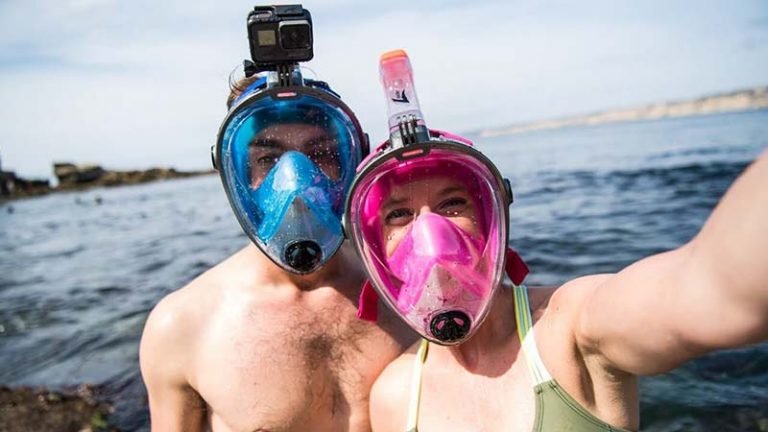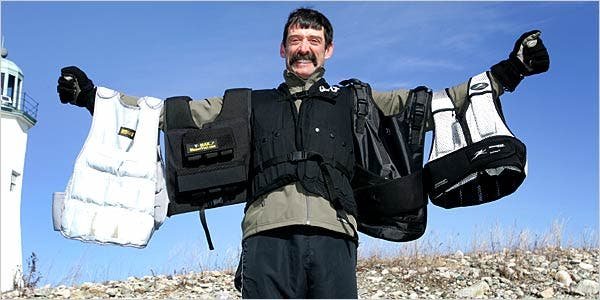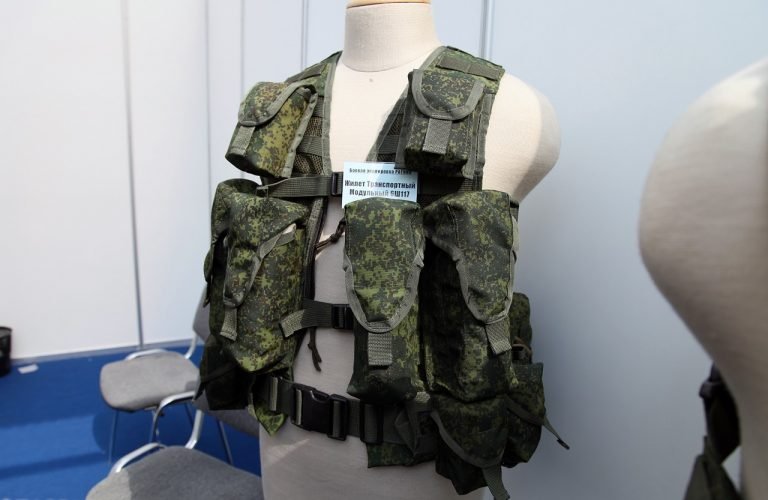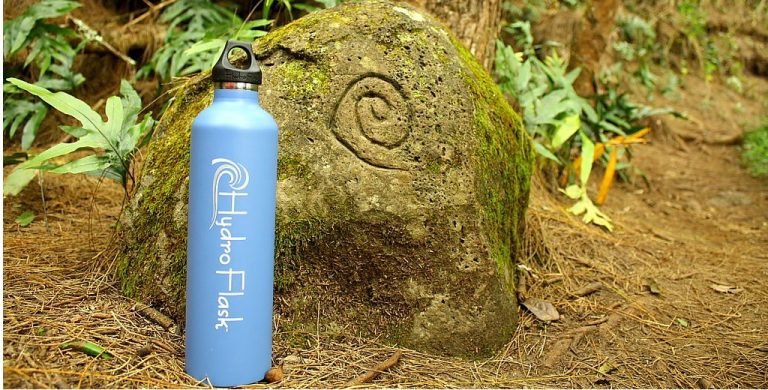Are You Ready to Dive Into Water Recreation? What You Need for Ultimate Fun and Safety!
Whether you’re a seasoned angler, a kayaking enthusiast, or someone who just loves the gentle lapping of waves against a paddleboard, there’s no denying the joy that water-based activities can bring. As more people look to rivers, lakes, and oceans for leisure, understanding what gear and knowledge are necessary to enjoy these activities safely and comfortably becomes crucial. Let’s explore the essential aspects of water recreation, focusing on what you need to ensure both fun and safety.
Stand-Up Paddleboarding – Balancing Fun and Fitness
Stand-up paddleboarding (SUP) has surged in popularity as a serene yet effective way to explore waterways and get a full-body workout. To start, you’ll need a sturdy paddleboard — choices vary from rigid models that offer durability to inflatable ones that are easy to transport. A high-quality, adjustable paddle will help you maintain control and efficiency as you navigate through different water conditions.
Safety is crucial here; always wear a personal flotation device (PFD) and consider a leash that tethers you to your board to prevent it from drifting away if you fall off. In addition, water-resistant sunscreen and a hat are must-haves to shield you from the sun during those long hours on the water.
Kayak Fishing – Merging Quiet Sport with Exciting Catches
Kayak fishing allows anglers to reach areas that are often inaccessible to larger boats and to enjoy the environment quietly and intimately. As you prepare for a day of kayak fishing, choosing the right kayak is critical; look for models specifically designed for fishing, with features like rod holders, storage hatches, and a stable hull design for standing up and casting.
Paddles should be lightweight yet durable, ideally with a design that minimizes noise and water splash. To keep your catch fresh, consider a compact, onboard cooler or a live well. Safety gear like a PFD, waterproof bags for electronics, and a first-aid kit are essential. Remember to inform someone about your trip details and expected return time before you head out.
Snorkeling – Swimming With the Underwater World
Snorkeling is an enchanting way to observe underwater life in its natural habitat without the extensive gear and training required for scuba diving. Essential gear includes a well-fitting snorkel mask that prevents water from entering, a snorkel tube, and fins for easy movement. Choosing the right equipment enhances your experience and ensures comfort during extended underwater exploration.
A rash guard or a wetsuit not only protects against sunburn but also wards off abrasions from coral or jellyfish stings. Plus, waterproof cameras or GoPros can be great for capturing the vivid underwater scenery, making your snorkeling adventure unforgettable.
Sailing – Navigating the Breezes With Style and Safety
Sailing combines the thrill of the open sea with the art of wind navigation. Beginners and experienced sailors alike need to prioritize their sailing wardrobes and protective gear to enjoy this sport to the fullest. It’s vital to wear a life jacket tailored for easy movement to ensure safety without hindering your ability to maneuver. Sun protection is a critical part of your sailing preparation. Long exposure to the sun, reflected off the water, can be harmful, so wearing long-sleeved shirts and pants made from UV-protective fabric is recommended.
For your eyes, consider investing in a pair of prescription fishing sunglasses if you require vision correction. These sunglasses not only protect your eyes from UV rays but also enhance your visibility, helping you to spot wind patterns and navigate more effectively.
Jet Skiing – High-Speed Fun With High Safety Standards
Jet skiing is an exhilarating water sport that offers speed and adventure. Before you hit the throttle, make sure you’re equipped with the appropriate safety gear. A snug-fitting, Coast Guard-approved life jacket is essential to ensure safety in high-speed scenarios. Helmets aren’t just for motorcycles; wearing one while jet skiing can protect you from serious injuries in case of accidents.
Proper footwear, such as water shoes, will help you maintain grip on wet surfaces and protect your feet. It’s also wise to carry a whistle and a waterproof GPS device to maintain your bearings and call for help if needed. Jet skiing requires respect for local wildlife and adherence to area-specific regulations to ensure that your high-speed adventures are safe and sustainable for the environment.
White Water Rafting – Teamwork and Thrills in the Rapids
White water rafting is an intense and thrilling group activity that challenges participants to navigate through turbulent river rapids. This sport requires not only physical strength and endurance but also teamwork and coordination. The essential gear list for rafting includes a securely fitting helmet, a life jacket, and water-resistant clothing or a dry suit depending on the water temperature.
Paddle gloves and sturdy, strapped footwear are also important for grip and foot protection against rough rocks. Since rafting can be unpredictable, it’s crucial to participate with an experienced guide and a reputable tour operator who can provide safety instructions and manage risks effectively. This ensures that your adventurous spirit is matched with the highest safety measures.

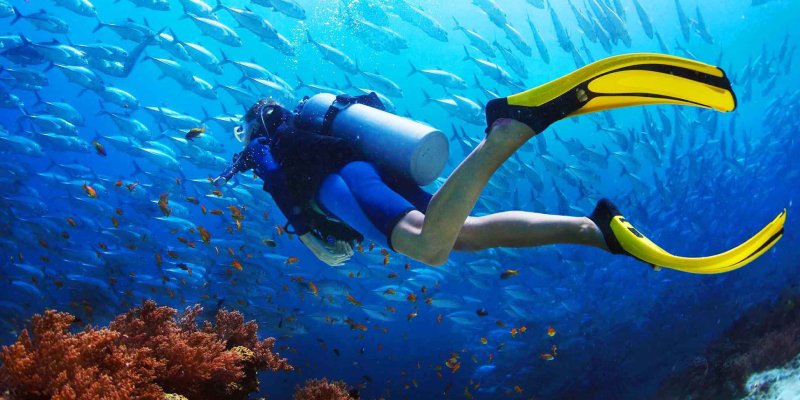
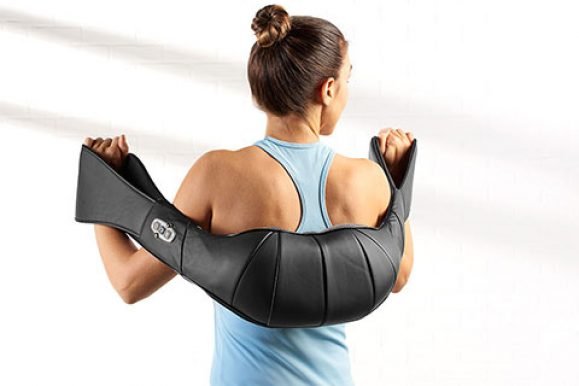
![10 Best Harley-Davidson Boots for Men and Women [Review+Guide 2022]](https://theoutdoorchamp.com/wp-content/uploads/2021/06/Harley-Davidson-Boots-768x569.jpg)
